most fragrant
diggerb2
18 years ago
Featured Answer
Sort by:Oldest
Comments (8)
luis_pr
18 years agojoa456
12 years agoRelated Professionals
Carson Landscape Architects & Landscape Designers · Grand Haven Landscape Architects & Landscape Designers · Horsham Landscape Architects & Landscape Designers · Kenmore Landscape Architects & Landscape Designers · Zion Landscape Architects & Landscape Designers · Wilmington Landscape Contractors · Bainbridge Island Landscape Contractors · Brooklyn Park Landscape Contractors · Hampton Bays Landscape Contractors · North Canton Landscape Contractors · North Potomac Landscape Contractors · West Allis Landscape Contractors · West Chicago Landscape Contractors · Westford Landscape Contractors · 07920 Landscape Contractorsmainegrower
12 years agorhizo_1 (North AL) zone 7
12 years agodavidrt28 (zone 7)
12 years agoValeria M
2 years agoValeria M
2 years agolast modified: 2 years ago
Related Stories

GARDENING GUIDES8 Plants for a Deliciously Fragrant Fall Garden
Scent the autumn air with the perfume of caramel corn, honey and spices by adding these intoxicating plants to your landscape
Full Story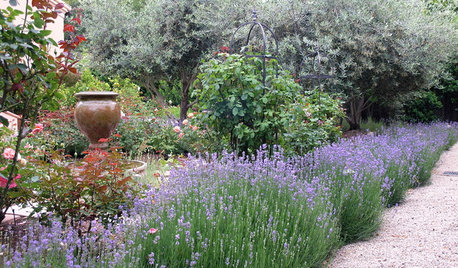
FLOWERSHerb Garden Essentials: Grow Your Own Fragrant Lavender
This do-it-all plant is ideal for almost any garden, and its uses are abundant around the home
Full Story
GARDENING GUIDESGreat Design Plant: Ceanothus Pleases With Nectar and Fragrant Blooms
West Coast natives: The blue flowers of drought-tolerant ceanothus draw the eye and help support local wildlife too
Full Story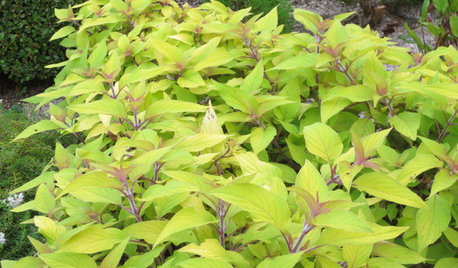
GARDENING GUIDESYour Garden: 6 Fragrant Plants Surprise and Delight
Enchant the senses and enliven your landscape with scented foliage that goes beyond everyday florals
Full Story
GARDENING GUIDES6 Captivating Roses for an Alluringly Fragrant Garden
Perfume your garden with aromas from richly spicy to lightly sweet, without sacrificing an inch of color
Full Story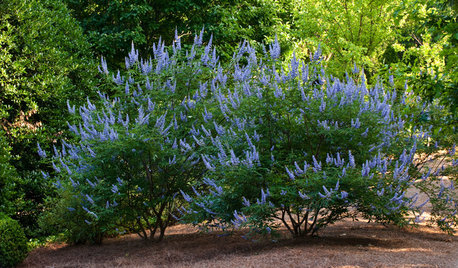
FLOWERS AND PLANTSVitex Agnus-Castus Fills Gardens With Fragrant Blooms and Foliage
Spikes of purple flowers adorn chaste tree’s aromatic foliage throughout the warm season in Southern gardens
Full Story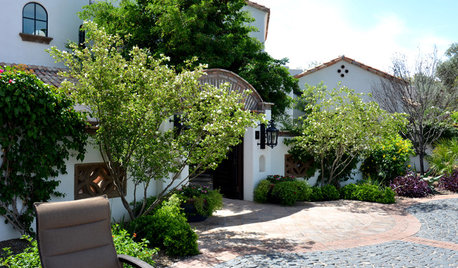
FLOWERS AND PLANTSBauhinia Lunarioides Perfumes the Garden With Its Fragrant Flowers
Bees and butterflies flock to this Texas shrub’s white and pink flowers in spring and summer
Full Story
LIFESimple Pleasures: 25 Ways to Make the Most of a Staycation
Give the daily grind the day off by hiding your work stuff, treating yourself and enjoying the outdoors
Full Story
ENTRYWAYSHow to Make the Most of Your Entry (No Coat Closet Required)
A well-designed foyer offers storage, seating and other features to help you get out the door on time and looking good
Full Story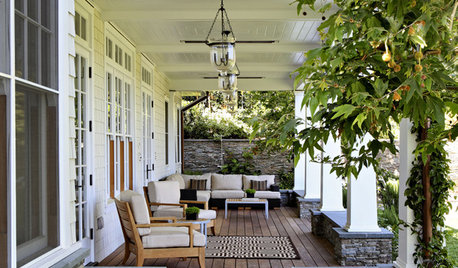
GARDENING AND LANDSCAPINGReaders' Choice: The 10 Most Popular Outdoor Spaces of 2012
All in the courtyard, please rise — these favorite patios, yards and decks deserve your full attention
Full Story





davidrt28 (zone 7)